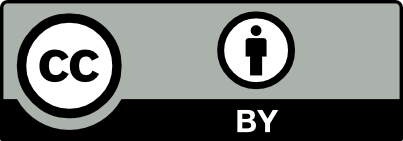DOI 10.15507/2079-6900.23.202101.11–27
Original article
ISSN 2079-6900 (Print)
ISSN 2587-7496 (Online)
MSC2020 34C15
On resonances under quasi-periodic perturbations of systems with a double limit cycle, close to two-dimensional nonlinear Hamiltonian systems
O. S. Kostromina
National Research Lobachevsky State University of Nizhny Novgorod (Nizhny Novgorod, Russian Federation)
Abstract. The effect of multi-frequency quasi-periodic perturbations on systems close to twodimensional nonlinear Hamiltonian ones is studied. It is assumed that the corresponding perturbed autonomous system has a double limit cycle. Analysis of the Poincar´e–Pontryagin function constructed for the autonomous system makes it possible to establish the presence of such a cycle. When the condition of commensurability of the natural frequency of the corresponding unperturbed Hamiltonian system with the frequencies of the quasi-periodic perturbation is fulfilled, the unperturbed level becomes resonant. Resonant structures essentially depend on whether the selected resonance levels coincide with the levels that generate limit cycles in the autonomous system. An averaged system is obtained that describes the topology of the neighborhoods of resonance levels. Possible phase portraits of the averaged system are established near the bifurcation case, when the resonance level coincides with the level in whose neighborhood the corresponding autonomous system has a double limit cycle. To illustrate the results obtained, the results of a theoretical study and of a numerical calculation are presented for a specific pendulum-type equation under two-frequency quasi-periodic perturbations.
Key Words: double limit cycle, quasi-periodic perturbations, resonances, averaged systems, pendulum-type equations
For citation: O. S. Kostromina. On resonances under quasi-periodic perturbations of systems with a double limit cycle, close to two-dimensional nonlinear Hamiltonian systems. Zhurnal Srednevolzhskogo matematicheskogo obshchestva. 23:1(2021), 11–27. DOI: https://doi.org/10.15507/2079-6900.23.202101.11–27
Submitted: 23.11.2020; Revised: 16.02.2021; Accepted: 25.02.2021
Information about the author:
Olga S. Kostromina, Senior Teacher, Department of Differential Equations, Mathematical and Numerical Analysis, National Research Lobachevsky State University of Nizhny Novgorod (23 Gagarina Av., Nizhny Novgorod 603950, Russia), Ph. D. (Physics and Mathematics), ORCID: https://orcid.org/0000-0002-9881-8817, os.kostromina@yandex.ru
The author have read and approved the final manuscript.
Conflict of interest: The author declare no conflict of interest.
 This is an open access article distributed under the terms of the Creative Commons Attribution 4.0 International License.
This is an open access article distributed under the terms of the Creative Commons Attribution 4.0 International License. 